After two outstanding generations, the Pontiac GTO and many other iconic intermediates from the muscle car golden age morphed into underpowered disappointments. But while it lacked its predecessors’ muscular styling and straight-line prowess, the third-gen was ironically the first iteration that came close to living up to the GTO name.
Sixty years ago, Pontiac introduced a new high-performance option package for the Tempest-based LeMans.

Though it wasn’t the first intermediate powered by an extremely potent V8, the GTO quickly became the most popular, which is why many see it as the flame that ignited the muscle car era.
As you may or may not know, GTO stands for Gran Turismo Omologato (grand tourer homologated), a moniker used for factory-built, street-legal grand tourers homologated by FIA (Fédération Internationale de l’Automobile) for racing.
But while it was powerful, shared the same moniker with the likes of the Ferrari 250 GTO, and actually gained FIA homologation thanks to a clever GM marketing plan, the Pontiac GTO was heavier and much more spartan in terms of handling to live up to its name.
After four successful model years, the original GTO and the entire Tempest/Le Mans lineup were thoroughly redesigned. With an all-new short decklid semi-fastback styling, the second-gen continued on the same path of greatness as its forebearer until 1972, when, due to higher insurance rates, stricter federal regulations, and a looming fuel crisis, the curtain drew on all things muscle.
Surviving the cut
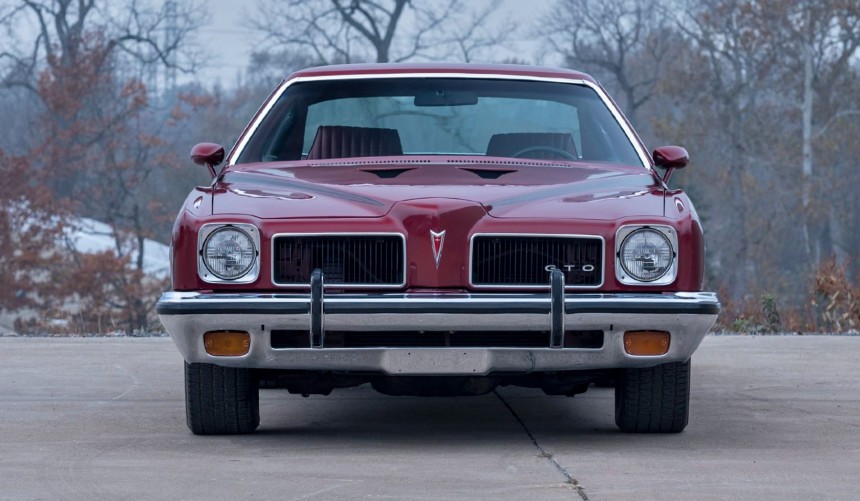
Photo: Mecum
Despite the drastic changes that killed off several legendary muscle car nameplates, Pontiac brought back the GTO for the 1973 model year.
However, for the first time since 1966, it was no longer a separate model, returning to trim-level status.
No longer available as a pillarless coupe or convertible, the GTO was more or less a visual upgrade for the new LeMans coupe or the LeMans Sport Coupe.
Though based on a lightly upgraded version of the venerable A-body platform, Pontiac’s intermediate range came with all-new bodies that employed the so-called Colonnade styling.
From muscle car icon to a LeMans with NACA ducts and GTO badges
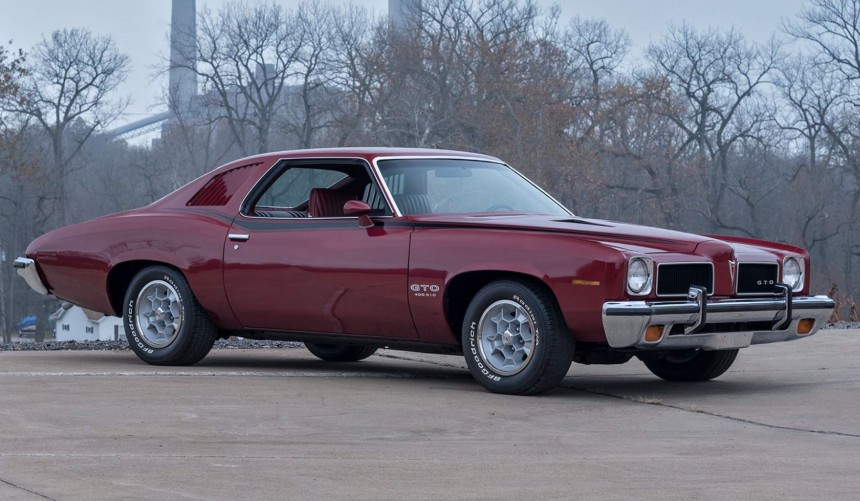
Photo: Mecum
The new styling meant a larger, boxier, but more subdued body replaced the curvacious and aggressive-looking design of the previous-generation GTO.
Moreover, with new federal laws requiring front bumpers able to withstand five-mph (8 kph) impacts, the old Endura bumper integrated into the overall design was replaced by a bulkier steel version that looked more like a battering ram.
Pontiac tried to make the design more appealing to performance enthusiasts by developing a GTO-exclusive hood ornated with two functional NACA ducts. However, the car still looked more like dad’s daily-driven LeMans than the muscle car icon that had fascinated younger buyers for nearly a decade.
Even worse, the NACA ducts, which were meant to feature a ram-air induction system, ended up being purely ornamental since the components that should’ve routed air into the engine were never fitted to the production versions, only making it a dealer-installed option for around ten lucky 1973 GTO owners.
More disappointment under the hood
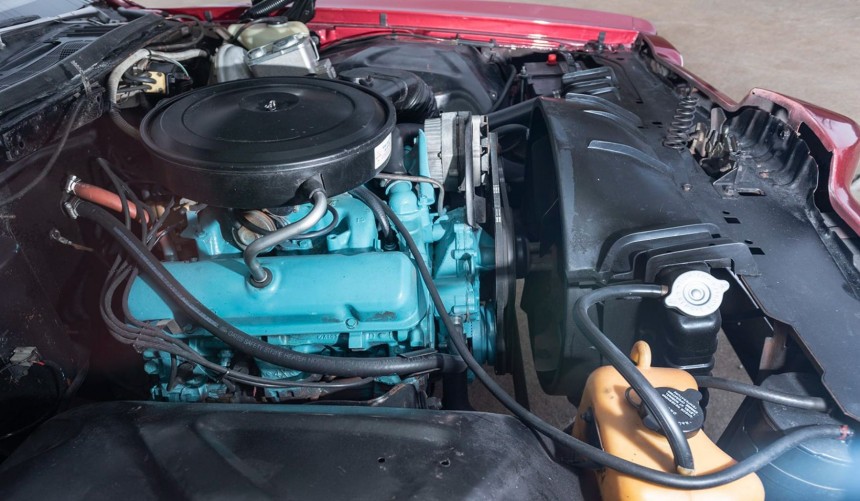
Photo: Mecum
Apart from the absence of the air induction system that would’ve made the NACA ducts functional, the engine lineup was another disappointment found under the third-generation GTO’s hood.
As standard, the so-called performance option delivered a 400-ci (6.6-liter) Pontiac V8 equipped with EGR valves and a compression ratio that dropped to 8.0:1, leading to a maximum output of 230 hp.
The only other choice was an optional 455-ci (7.5-liter). However, it was not the HO or SD version that fans were hoping for. The latter, which made it on the 1973 Trans Am, was initially announced as the third engine option for the GTO, and at least one prototype was built, but Pontiac eventually decided against making it available to the public.
Therefore, the most potent engine available in the GTO that year made 250 hp and could only be paired with the three-speed Turbo Hydra-Matic automatic.
Nevertheless, the 455 delivered a healthy 370 lb-ft (501 Nm) of twist as low as 2,800 rpm, making it feel more powerful than it actually was.
The silver lining
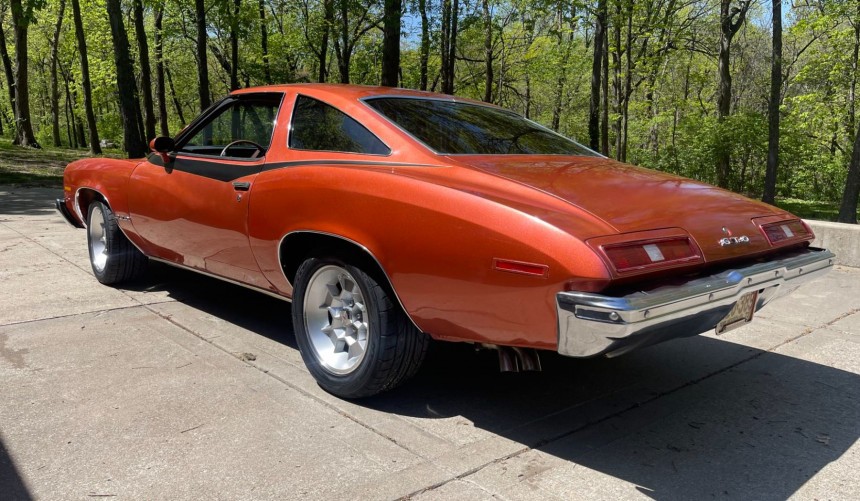
Photo: Mecum
While the chocked-out powerplants were huge dissapointments, particularly compared to the previous generation, the 1973 GTO had one quality that made it better than its predecessors: the handling.
A true Gran Turismo Omologato’s main quality was always crisp maneuverability through tight corners, which previous tire-shredding, straight-line-warrior GTO generations lacked.
Though still far from the fully-independent systems of genuine Euro grand tourers, the GTO’s suspension geometry was thoroughly improved, keeping the wheels vertical and perpendicular to the road at all times.
Combined with the largest spindles available on an A-body, stiffer springs, and thicker anti-roll bars, the 1973 GTO possessed a surprisingly good cornering ability, especially considering its size and weight.
No, it didn’t handle like a Ferrari, Lamborghini, or Maserati, but it felt far less like a two-ton V8-powered brick on wheels, which, despite its shortcomings, made the third-gen more of a genuine GTO than any of its predecessors.
The 1973 GTO today
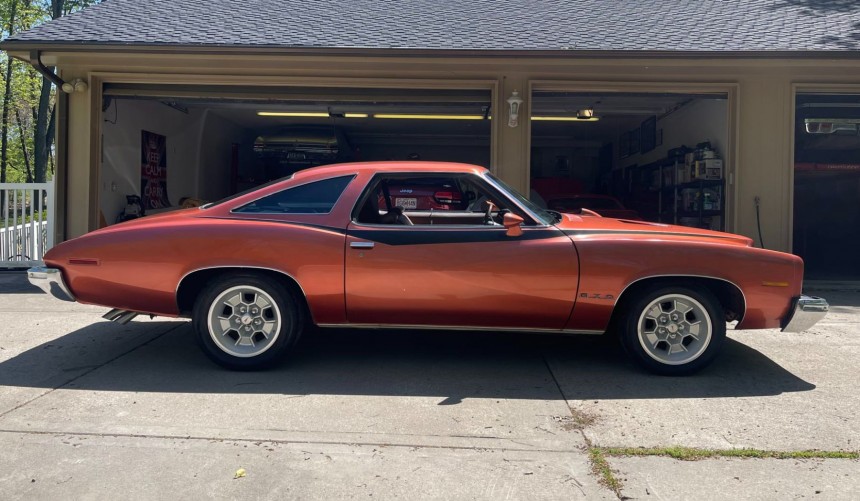
Photo: Mecum
Despite positive reviews that highlighted the much-improved handling, Pontiac only managed to sell 4,806 GTO units, far less than performance-oriented siblings like the Chevy Chevelle SS or the Oldsmobile 442.
Consequently, the GTO option was discontinued from the LeMans range and moved to the new Chevy Nova-based Ventura compact.
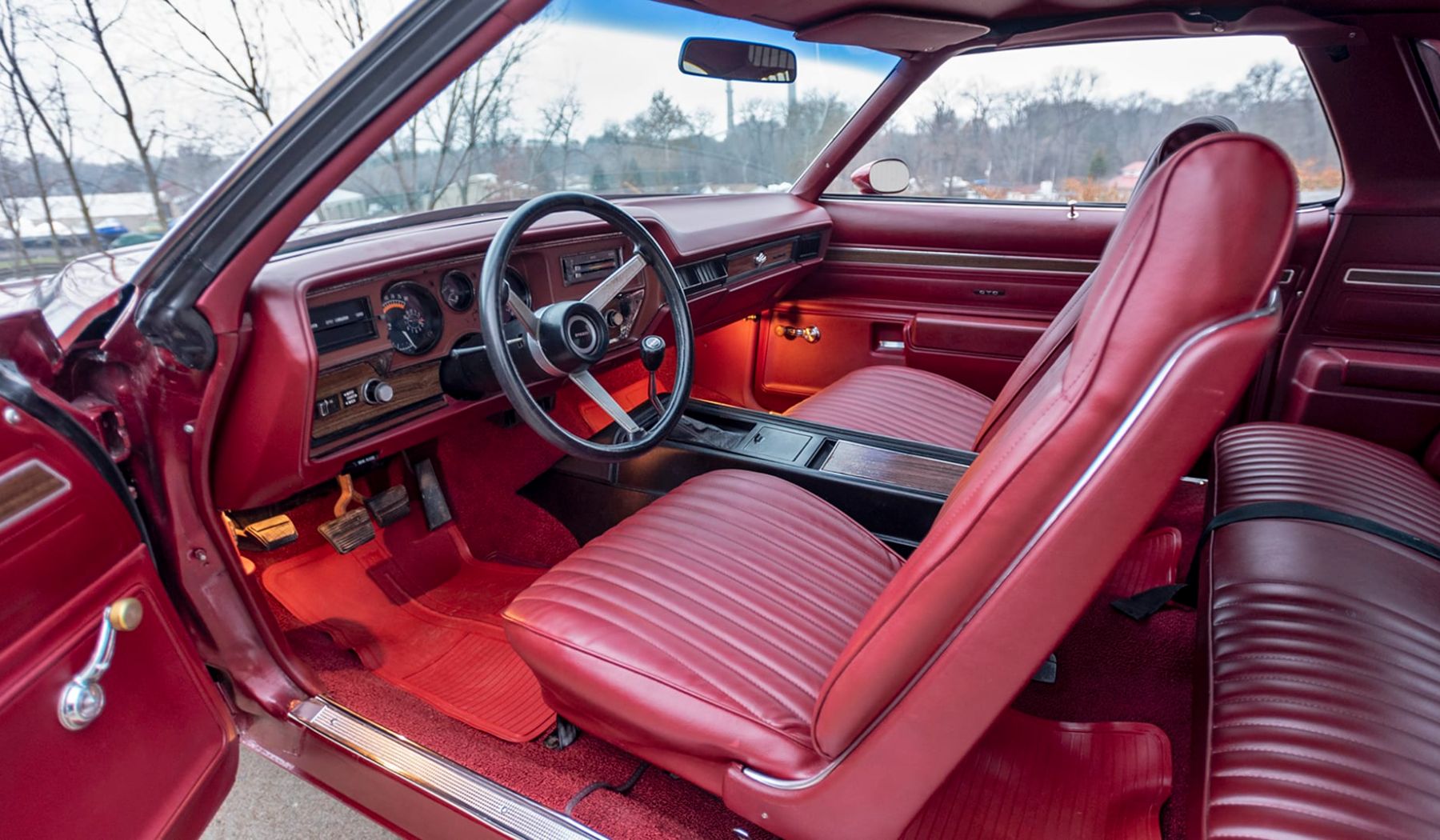
Today, the third-gen is unfairly labeled one of the worst Pontiacts to don GTO badges by many muscle car enthusiasts who either ignore or aren’t aware that it was arguably the best-handling American intermediate of the 1960s and 1970s.
Consequently, despite its rarity, a highly original or fully restored 1973 GTO is currently worth around $20,000.
For more information about the most underrated GTO, we recommend watching the YouTube video below by Rare Cars.